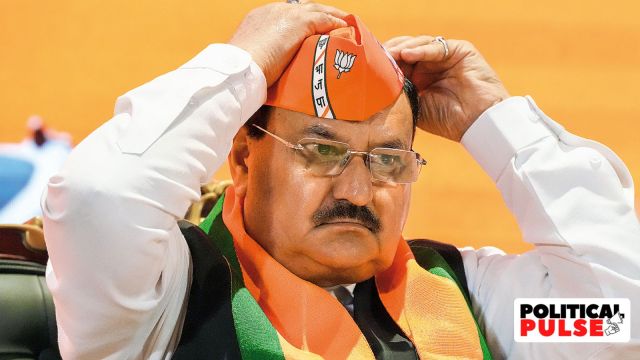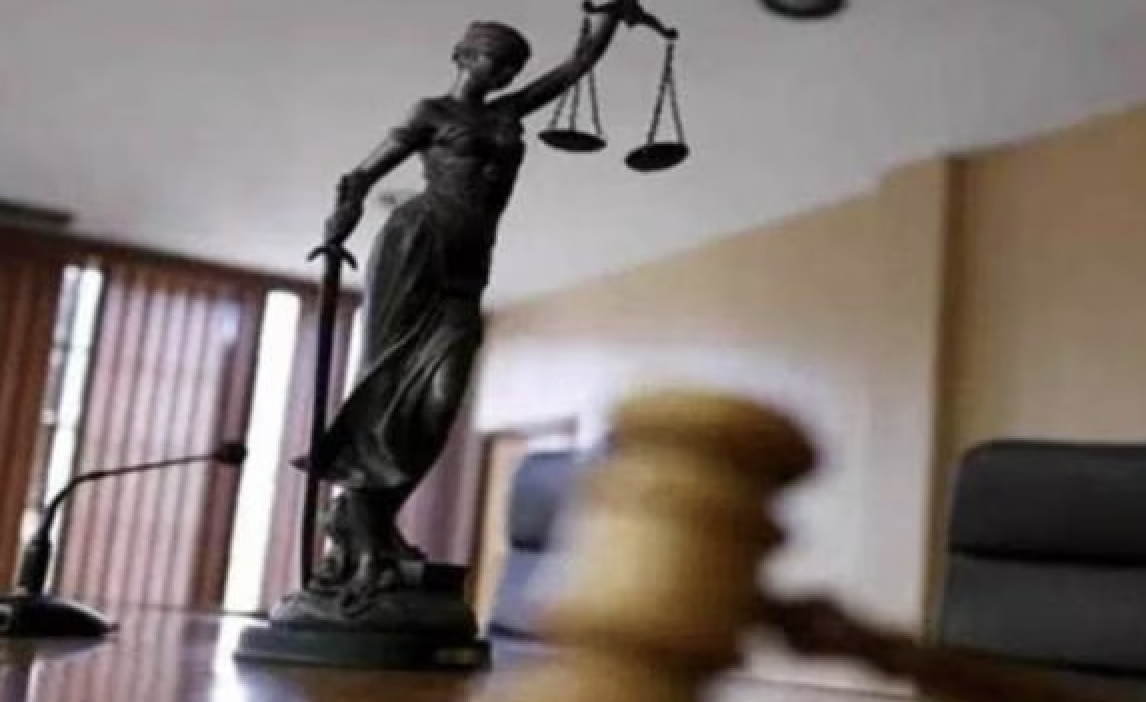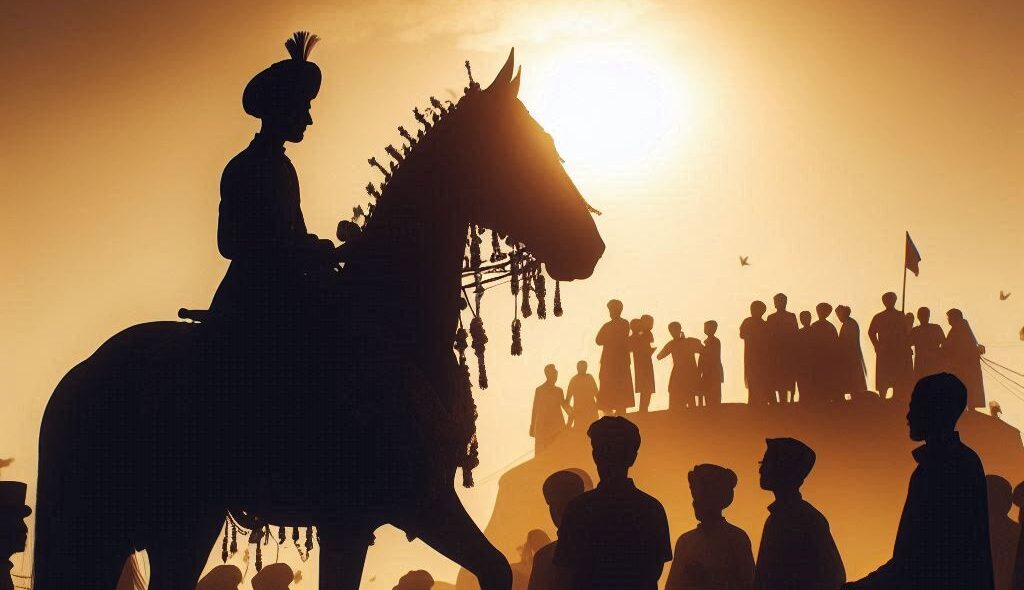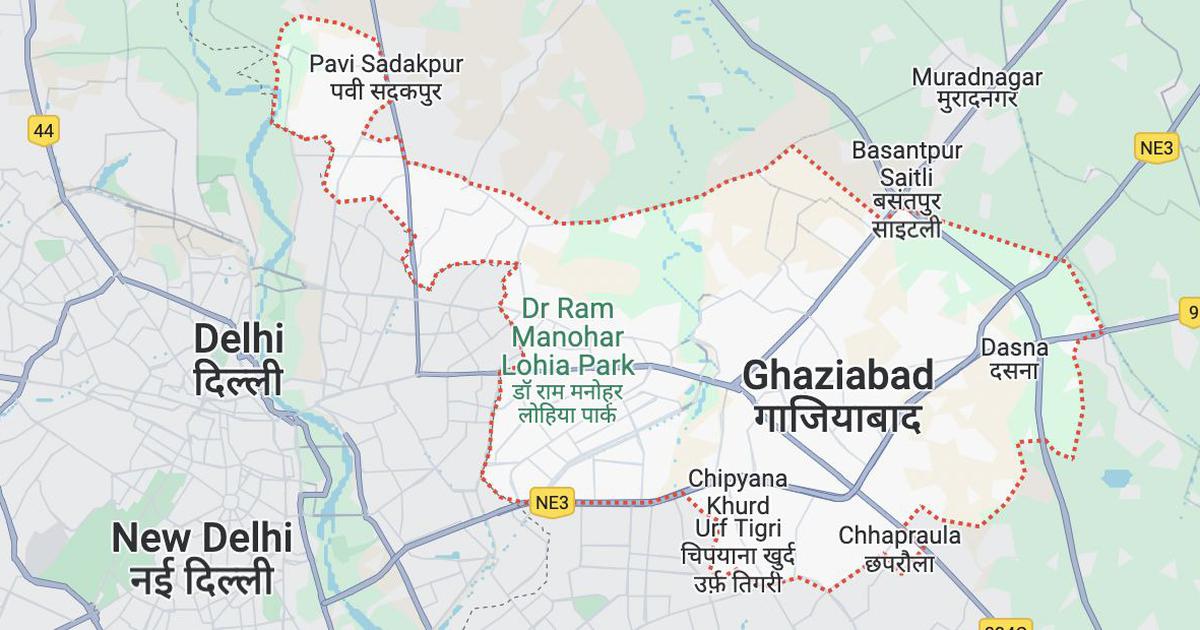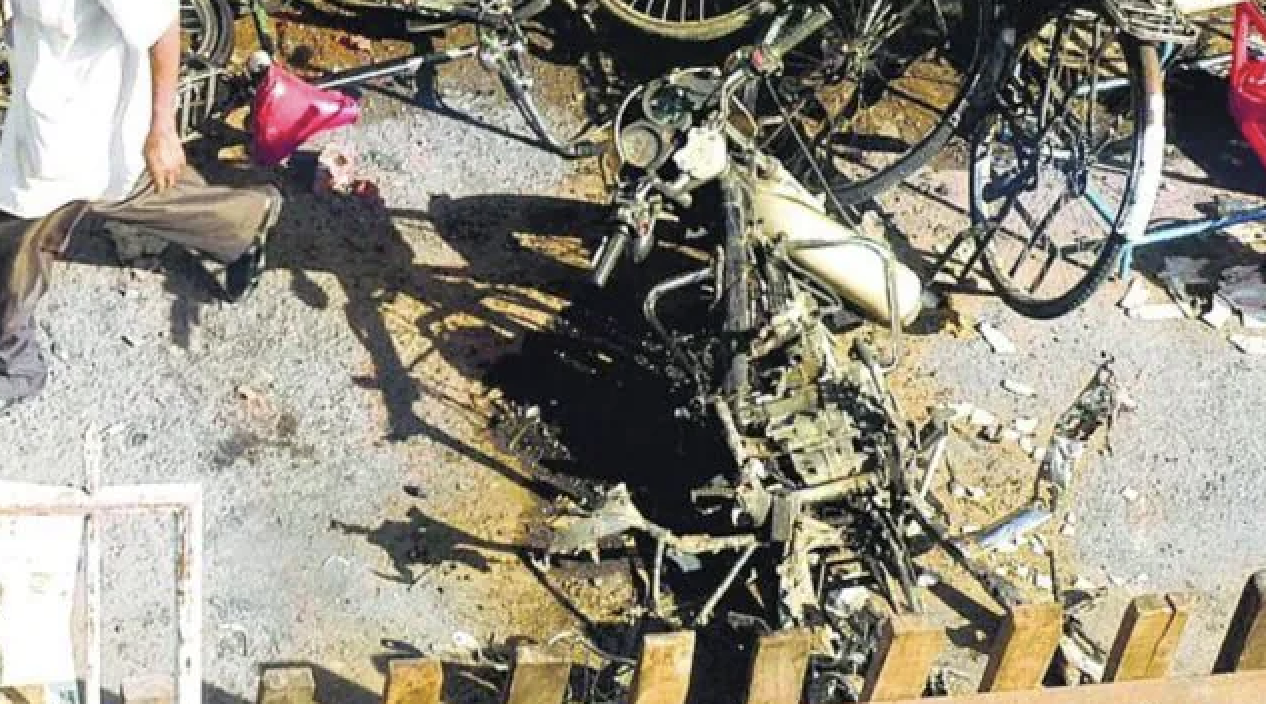
By Shakir Mir
Numbers that quantify militancy show that there has been a steady decline in violence in Kashmir in 2021. However, sweeping political and administrative changes pushed unilaterally by Modi government in the region, coupled with strong-armed policing tactics have continued to deepen anger, fuelling a furious blowback in the region this year.
Violent trends within the militancy manifested themselves in the form of killings, where members of minority communities and non-locals who have been doing odd jobs were the victims.
Srinagar emerged as the locus of violence in Kashmir this year, with most hit-and-run attacks taking place in and around the capital city. In fact, more than a dozen gun-battles took place in the Srinagar district in 2021, the highest in many years.
Militants killed businessmen Satpal Nischal and Aakash Mehra earlier this year, sparking a wave of hysteria. The killings were timed to coincide with the much-anticipated visit of a foreign delegation amid international outrage over the Modi government’s clampdown in Kashmir and concerns over human rights violations and erosions of civil freedoms.
The government response, among other measures, included unofficial “prohibitions” on the pheran, a baggy tweed garment that Kashmiris wear in the cold. Pictures flooded social media which showed armed soldiers instructing commuters to cast off their pherans as they searched them.
This year, the Taliban’s dramatic takeover of Afghanistan fuelled fears of a renewed uptick in insurgency in Kashmir, like the one witnessed during the mid-nineties. There have since been several developments that security agencies insist are connected to the Taliban’s seizure of power in Kabul.
Take, for example, the shoulder-fired Rocket Propelled Grenade (RPG) that police recovered from a Pakistani militant just two days before Kabul fell to the militant group. This destructive a weapon had not been recovered in Kashmir for two decades.
Earlier this year, Yelena Biderman, a fellow at the Modern War Insitute (MWI) – a research centre at the United States Military Academy dedicated to the study of war and warfare – speculated that “battle-hardened Afghan and international jihadists” could “relocate to Kashmir” in the wake of the Taliban’s coming to power.
This month, Director General (DG) of the Border Security Force (BSF) Pankaj Kumar Singh warned about the possibility of Pakistan using Taliban fighters as well as arms and war equipment left behind in Afghanistan by US-led forces to intensify the insurrection in Kashmir.
While the participation of foreign militants in Kashmir was at an all time low this year, recent trends such as the two-week-long skirmish in October in the forested areas of Poonch, abutting Pakistan, which resulted in the killing of 9 armed forces personnel, indicate that many areas, like Pir Panjal in Jammu, are also now turning volatile. The People’s Anti-Fascist Front (PAFF), a newly floated outfit, claimed responsibility for these attacks.
Overall, militancy continued to be a zero-sum game, save some marginal gains. While last year saw 215 militants killed, this number stood at 162 in 2021. Militant incident numbers also came down from 238 last year to 182 this year and while 178 local youth joined militant ranks in 2020, only 128 did so in 2021.
At the same time, 2021 saw the emergence of violent patterns which threw security agencies off balance. Of the 28 security personnel killed this year, 20 were from the J&K police alone, signifying the renewed interest of militant groups in targeting members of the local police, most of whom are local Kashmiri Muslims.
Militants targeted J&K Police inspector Parvaiz Ahmad Dar, duty sentry Rameez Raja, sub-inspector Arshid Mir, constables Javaid Ahmad Tambi, Nissar Ahmed, Mohammad Yousuf and Suhail Ahmad and many more.
This year’s change in strategy involving the use of assailants devoid of any militant credentials led to an unprecedented killing spree in October. Among the civilians killed were Makhan Lal Bindroo, a renowned chemist in Srinagar; Satinder Kour, a school principal; Deepak Chand, a teacher and 45-year-old Ibrahim Khan, a salesperson at a shop of a Kashmiri Pandit businessman. Fearing for their lives, around half a dozen Pandit families migrated out of Kashmir.

Ibrahim’s last rites being conducted. Photo: Faizan Mir.
Following the October attacks, bunkers, checkpoints, razor wire and am assortment of associated strictures, once emblematic of Kashmir’s three decade old conflict, made a comeback. News outlets are awash with images of commuters and passers-by, including women and children, being hand-frisked and their possessions being emptied out on the roadside.
The re-militarisation of the Valley has since been swift and comprehensive. Around 5,000 additional Central Reserve Police Force (CRPF) troops have been flown into Kashmir, new bunkers have mushroomed around the city and National Investigative Agency (NIA) raids have become commonplace. Every day, newspapers report the arrests of several ‘over-ground workers’. Some civic infrastructure in Srinagar, too, has been repurposed to accommodate the troops pouring in.
Recently, the government also constituted a State Investigative Agency (SIA) which would act as nodal agency for the NIA and other central investigative organisations in militancy-related cases. This gave rise to concerns that the government is affording the SIA with oversized policing powers, with fewer checks and balances in place. Security experts have termed the creation of the SIA “an oblique admission of failure of the Union government (which directly runs J&K).”
Yet, security forces have struggled to stop the militants from plotting big attacks. Earlier this month, 14 members of the police force were wounded and three succumbed to injuries after militants attacked a bus carrying members of 9th Battalion of the reserve police force at Zewan, a strategic town area straddling the Srinagar and Pulwama districts.
There’s been a concomitant trend of increasing indigenisation of militancy in Kashmir. For the first time in many years, little more than 10% of militants killed in 2021 were foreign mercenaries. Before the reading down of Article 370 in 2019, which revived the turmoil in the region, foreign participation in militancy was significant; 77% in 2016, 60% in 2017, 45% in 2018, 19% in 2019, and 15% in 2020.
Nationalist grandstanding
The year also saw a surge in hyper-nationalist posturing with government departments repurposing resources and energy to wax eloquent about patriotism and schools and colleges organising ‘love-thy-country’ themed symposia.
In January, the Kashmir Walla, a Srinagar-based publication reported that in South Kashmir’s Shopian district, students were allegedly forced to participate in Republic Day celebrations. The report featured a quote from the school’s chairperson, however, the army took umbrage at the story and filed a complaint against the publication. The case has been going from court to court ever since.
Similarly, the J&K government sponsored ceremonies to commemorate the “sacrifices” of government forces’ personnel and directed all offices to expeditiously hoist the national flag on office premises. The exhortations by BJP leaders demanded that inhabitants of Kashmir be taught “bharatiyata” (Indian-ness). A new film policy, launched in September this year, pledged to incentivise movie production in the region if the film in question is suffused with patriotic themes.
Given the fraught nature of politics and the scale of alienation in Kashmir, it’s quite unlikely that such displays of patriotic fervour will bring the locals any closer to the country. On the contrary, these moves are geared to control the optics surrounding Kashmir and repel criticism over the sustained clampdown with which the Modi government is trying to stop unrest from breaking out. This year turned Kashmir into a textbook Potemkin village.
Disempowerment
For the first time in many years, J&K faced a peculiar situation of not having any representative in the upper house of Parliament because all four Rajya Sabha MPs from J&K completed their six-year terms and no new member was elected since the former state’s legislative assembly – the electoral college empowered to elect new members – has been comatose since June 19, 2018.
In 2021, the government imposed also a new property tax in Kashmir, a move that politicians have termed as “exploitative.”
This year, the administration enacted policies to expedite the allocation of land for industrial use. The government also transferred Rs 4.583 crores worth of shares of the J&K Bank to Ladakh, attracting criticism from regional parties that it was stripping away resources from the region.
More than 60 acres of land in Kashmir have been reallocated to paramilitary forces. This parcelling out of land to the armed forces catalysed further anger and social unrest this year. What’s more, the Union government has also greenlit the “transfer of agricultural land for public purposes such as education, charitable purpose and healthcare.” In a separate notification, it empowered district collectors to “alienate agricultural land to a non-agriculturist for extending the primary activity on a larger commercial scale.”
In total, 890 central laws have been steamrolled into J&K while 130 state laws have been re-applied with modifications.
Further, J&K experienced the highest unemployment rate anywhere in the country. Industrial units are reeling under the twin shocks of the COVID-19 pandemic and political unrest, with 85% of them expected to wind up.
Internationalisation of Kashmir
This year, Kashmir remained under the sustained focus of the foreign press whose reporters have been unable to freely visit the Union Territory at least since 2018.
The cloak of secrecy has meant that international media treated Kashmir at par with the other blocked out regions of the world, such as Xinjiang in China, with hard-nosed bureau chiefs – wary of the dissimulation exercised by repressive foreign governments – writing precisely the kind of summary about the J&K that the state wanted censored.
But what was remarkable was the scale of UN engagement with India on Kashmir this year. For the first time, UN offices used the term “demographic changes” and expressed concerns over the administrative remake of Kashmir. Interestingly, the Ministry of External Affairs’s (MEA) response didn’t question why populating J&K with non-locals and altering its demographic composition should be objectionable, even though the existing mechanism is geared to do exactly that in the longer run, if not immediately.
Instead, the MEA statement simply defended the domicile laws on the grounds that large numbers of new domiciles are erstwhile Permanent Resident Certificate holders.
At least seven UN special Rapporteurs wrote to the Indian government seeking information on the factual basis of investigations involving cases against human rights defenders and journalists including Parvaiz Bukhari, Khurram Parvez and Parveena Ahangar. They also sought details on steps that New Delhi has taken to ensure that human rights defenders in the former state are working under a “safe and enabling environment.”
Apart from this, the UN issued two communications over the arrest of PDP politician Waheed Ur Rehman Para and two more concerning the imprisonment of Khurram Parvez, in whose case UN special mandate holders have particularly been vehement.
There has been further correspondence between the UN and the MEA this year over cases of alleged torture and enforced disappearance in Kashmir. Recently, the UN also slammed the Modi government over the harassment of five Kashmiri journalists.
India’s rejection of a UN Human Rights chief’s remarks that “restrictive measures in Kashmir can result in human rights breaches and generate greater tensions and discontent” prompted a response from the UN Human Rights Commission (UNHRC) itself.
Craig Mokhiber, director of the UNHRC, was rather curt in instructing Modi government that the “old notion of sovereignty that ‘anything that happens within our borders it is up to the government and it’s no one else’s business’ was replaced by the evolution of the UN,” he said. “What the UN Charter did is have a binding treaty, a binding law for every country that is a member of the UN.”
Strong-arm policing
This year also saw government roll out a policy for recruiting cyber volunteers in Kashmir. Users are asked to register themselves as ‘cyber watchdogs’ to supposed to keep an eye out for online content that, among many things, undermines the “sovereignty and integrity” of India.
In March, the administration even ordered government employees to provide the details of their social media handles, including Facebook and Twitter, before their salaries or allowances would be paid to them.
In August, another order empowered the J&K Police’s Criminal Investigation Department (CID) to “prevent Kashmiris who have been booked under vague criminal charges from leaving the country.” Later, another order told government employees that they would be denied promotions or, worse still, sacked from jobs if they were found to have been involved in “sabotage, subversion, espionage and sedition”. The order imposed steep terms on employees even if the wrongdoers turn out to be someone they were only acquainted with by virtue of “affection, influence and obligation”
The government also reiterated directions for journalists to stay off encounter sites and desist from covering clashes between police and protesters or publish news that provokes “anti-national” sentiments. Amidst other sweeping restrictions was the ban on drones, imposed after an attack involving a drone in Jammu.
Additionally, the National Crime Records Bureau revealed this year that J&K accounted for the highest number of UAPA cases registered in 2020. UAPA cases were filed on 2021 against persons resisting cordon-and-search operations, leading funeral prayers of slain militant men, throwing stones and raising “anti-national slogans” during protests. UAPA cases were also filed against students at Srinagar medical colleges after the controversy created by their celebrating Pakistan’s victory over India during the T20 cricket World Cup.
Politics
Politically, 2021 turned out to be a febrile year with politicians switching sides and defections becoming suspiciously common.
The Sajad Lone-led People’s Conference left the People’s Alliance for Gupkar Declaration (PAGD), a political union seeking the reversal of the August 5, 2019 decision to do away with Article 370 and the consequent revocation of J&K’s status as a state.
Rivalries and competing political interests ensured a fractured mainstream political terrain, where generating a consensus became harder than ever. Such an outcome, in fact, was likely in favour of New Delhi, until a host of political imperatives prompted Prime Minister Narendra Modi to call the entire class of Kashmiri political leaders to Delhi in June. The 3-hour-long meeting failed to break the ice due to the government’s stubborn insistence to prioritise delimitation; the exercise of redrawing assembly constituencies.
The most recent notice from the Delimitation Commission, coming this month, triggered a political storm when it announced that six of the seven new assembly seats will be allocated to Jammu while Kashmir will be assigned only one, leading political parties to accuse the Modi administration of foul play.
Additionally, the government also had to face public heat over an alleged staged gun-battle resulting in the killing of three innocent labourers in Amshipora in Shopian. In November, another gunfight in Hyderpora took place under similar controversial circumstances and reignited political action, long pinned down by the indiscriminate use of ‘lawfare’. The growing public impatience has since been very conspicuous.
The trajectory of events in 2021 clearly establishes that the Modi government’s penchant for experimental policies has inflamed rather than diffused the situation in Kashmir. The arithmetic may indeed reflect plummeting levels of unrest, but that is only because maintaining the status quo requires governing Kashmir as a de facto police state. If this quality becomes permanent, the Modi government is in for a long haul.
This story first appeared on thewire.in


